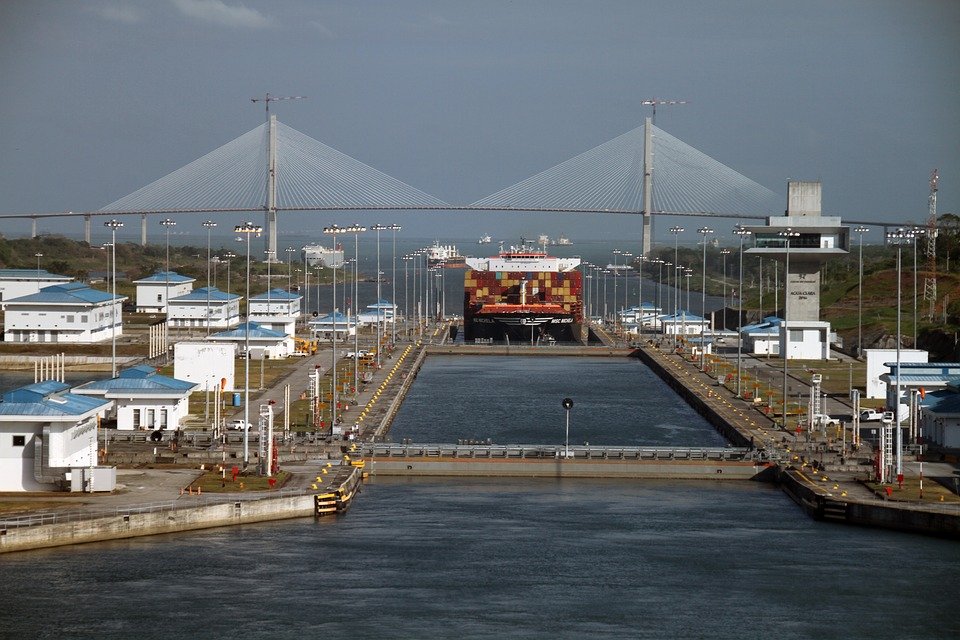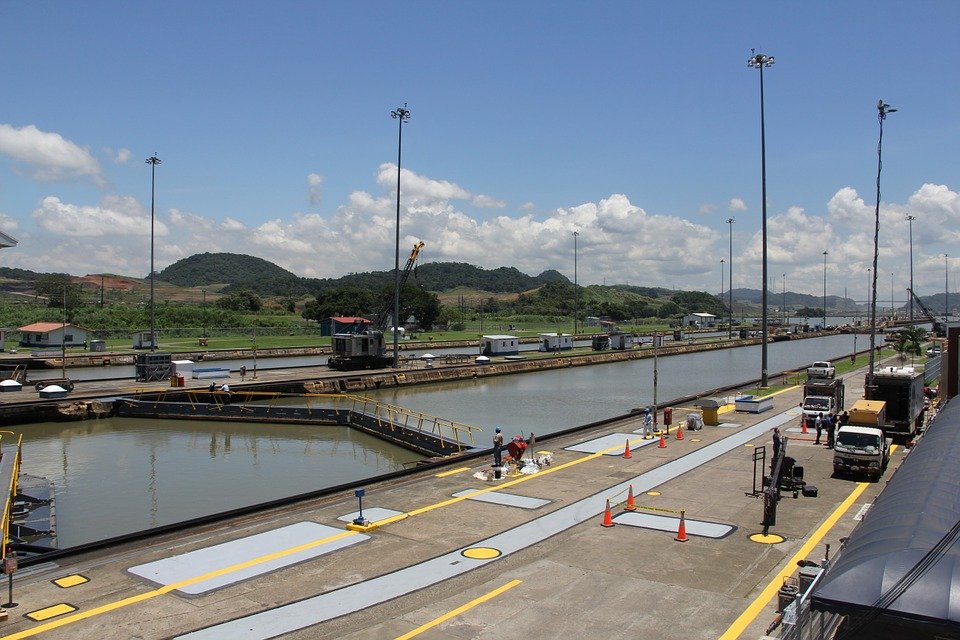About Panama Canal infrastructure upgrade |Aquasky

In March 2021, the Suez Canal incident shook the shipping industry. In addition to causing significant economic losses, this incident also worsened the situation of the boat congestion in the port. The Panama Canal, which is also one of the important waterways, has also been threatened by climate change in recent years. The Panamanian authorities announced in July that they would invest US$2 billion in the infrastructure project for a comprehensive upgrade of the canal.
The Panama Canal (Canal de Panamá) is located in Panama in Central America. It traverses the Isthmus of Panama and connects the Pacific and the Atlantic. It is 82 kilometers in length and is one of the world's shipping routes. Its earliest history can be traced back to 1534, the period of the Holy Roman Empire. In the subsequent construction process, the United States once controlled this important waterway. It was not until 1999 that the canal was completely transferred to the Panamanian government. It has been managed by the Panama Canal Authority since then. It is listed as one of the seven engineering wonders of the world selected by the American Society of Civil Engineers. It is still one of the important incomes of the country.
The Panama Canal is currently facing many long-term challenges caused by climate change. The biggest problem at present is that the rain required by the 50-mile-long river is constantly decreasing, and 4% of the world's trade must pass through this river. According to the forecast of the Panama Canal Authority, the drought it faces may become more and more serious. In addition to the problem of insufficient water in the dry season, the skyrocketing water level caused by the hurricane season has become another matter to be dealt with.
The infrastructure design drawings announced by the canal authorities will include building new dams and reservoirs, using treated sewage, or finding other sources of freshwater such as river diversion. The authorities are also considering desalination plants. At present, due to the epidemic, the demand for global consumer products has skyrocketed, and the world's busiest shipping routes have also experienced congestion. You can also get a glimpse of the importance of the Panama Canal.
Unlike the Suez Canal, the Panama Canal relies mainly on freshwater, and its source of freshwater is rainwater. That is, the canal itself relies on rainwater to fill reservoirs and lakes. In addition, the infrastructure of the canal itself is more complicated. The operation method is to use the sluice system as a water elevator to lift the ship to a passable waterway nearly 90 feet above sea level, and then lower the ship again at the other end of the canal.

This is not the first expansion of the Panama Canal. In 2006, it was decided to expand through a referendum. A three-stage lift lock and supporting facilities were built at each end of the canal, and the width of the lock was expanded to 55 meters. , The length is 427 meters. This time the expansion took 10 years, and it was only opened in 2016. Due to its special mode of operation, coupled with the emergence of large freighters in recent years, it has also tested the canal's carrying capacity.
Through this expansion, the authorities plan to solve the water shortage in the dry season. This year, due to the heavy rainfall and the short dry season, it seems that this year has passed the most difficult situation. The authorities also emphasized that the stability of the canal will continue to be maintained.
---
This article is just for sharing. Please advise removing immediately if any infringement is caused.